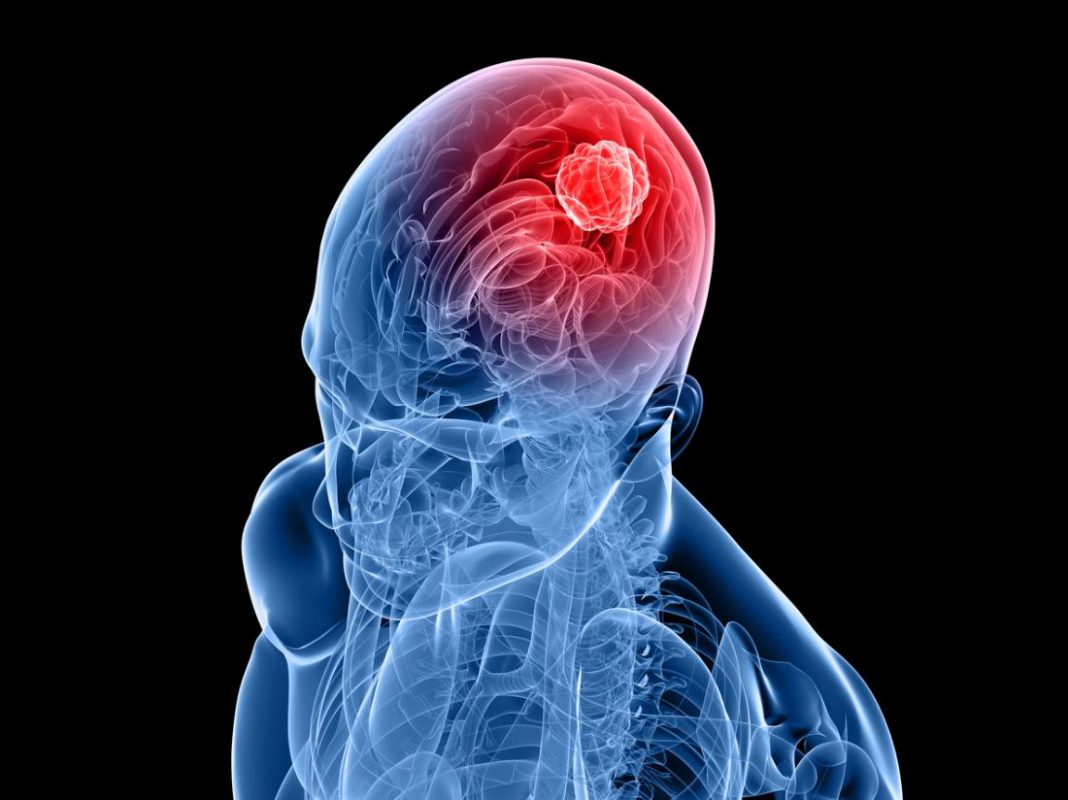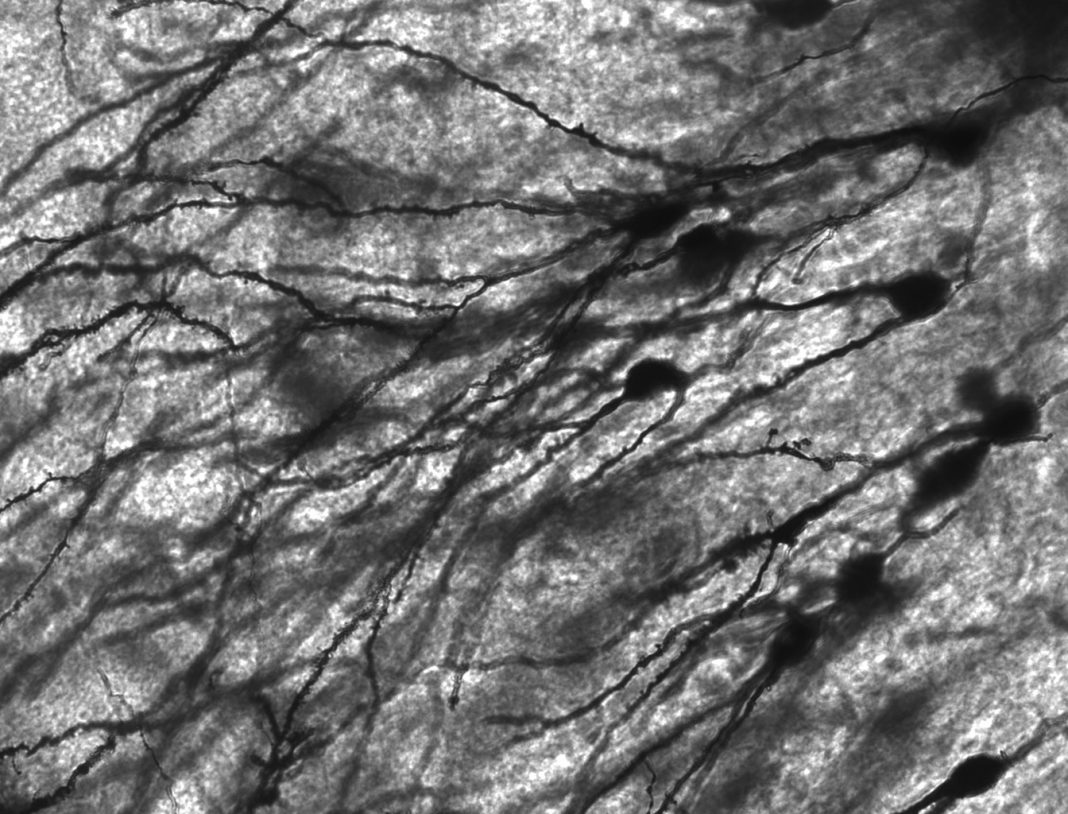Cancer tumors, like other living cells, need to consume nutrients and oxygen to sustain themselves. However, as they often live in remote, inaccessible parts of the brain, getting the required nutritional support can be difficult. Recently, scientists at the University of Texas MD Anderson Cancer Center in Houston discovered an enzyme that aids in getting these nutrients, despite the inhospitable microenvironment, to tumors in the brain. Published in Molecular Cell, these findings may lead the way to new methods of tumor treatment.
The enzyme, acetyl-CoA synthetase 2 (ACSS2), helps brain tumors utilize acetate rather than glucose for food. The cellular salt is more available to brain tumors than the glucose, although the latter is preferred. This alternate nutrient source not only keeps the tumors alive but also helps it to grow larger.Depriving tumors of this enzyme would go a long way in stopping cancer growth, even going so far as helping to kill the cancer cells. Right now, all other treatment has been ineffectual and immune systems cannot block these nutrient highways themselves.
However, a challenge to stopping this enzyme from aiding the tumor cells is that researchers are still unclear how the ACSS2 travels between cells. Knowing what it does is just one part of the solution, knowing how the enzyme works is another. Once scientists know how ACSS2 moves, it could be stopped, and therefore so could the brain tumor.
Dr. Zhimin Lu, lead researcher in this study and professor of neuro-oncology at the University says: “Overcoming metabolic stress is a critical step in solid tumor growth. Acetyl coenzyme A (CoA), generated via glucose and acetate uptake, is a key carbon source for important cellular processes such as histone acetylation and gene expression. However, how acetyl-CoA is produced under nutritional stress is unclear. Our study explains the underlying mechanics of how this occurs, with ACSS2 as a novel and important method for gene expression under these circumstances.”
Lu’s research team analyzed ACSS2’s role in histone acetylation by creating nuclear acetyl-CoA using acetate out of the cell’s nucleus.
Histone acetylation is an important part of gene expression. This process modifies the histone, a protein that DNA wraps around, and that modification is instrumental for the stability and growth of tumor cells.
ACSS2 has 3 key possible effects as part of this process and helping the tumor overall. One thing the ACSS2 does is start lysosome production. Lysosomes are known to aid in tumor development. The enzyme also encourages autophagy, meaning a cell may self-consume, then the lysosomes can get, digest, and reuse much-needed nutrients. The third function of ACSS2 is to reprogram a tumor cell’s metabolism during times of starvation, further increasing autophagy and using the digested products of the lysosomes.
According to Dr. Lu: “These findings elucidate an instrumental interplay between reprogramming of metabolism and gene expression in cancer cells. Inhibition of both ACSS2’s nuclear function and the metabolic pathway, known as glycolysis, which converts glucose to tumor-feeding energy, appears to be an efficient approach for cancer treatment.” Their latest findings on the enzyme ACSS2 and how it interacts with brain tumors can help further the search for new cancer therapies.
More News to Read











